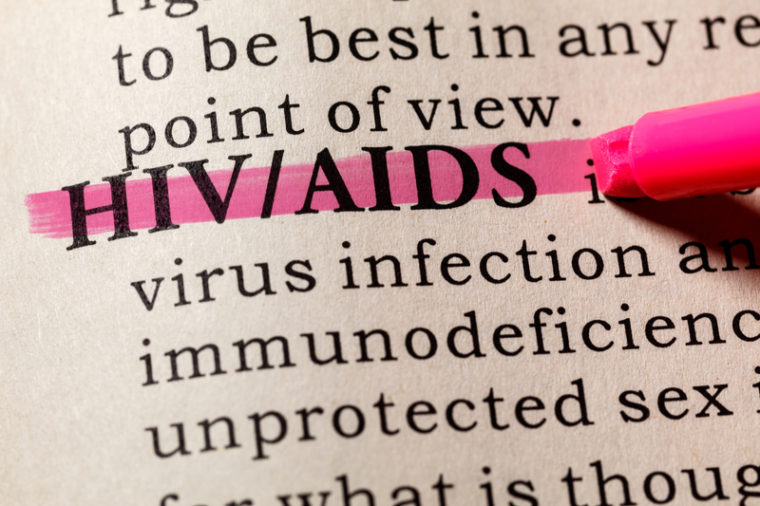 AIDS still takes a life every minute although AIDS-related deaths have fallen by almost 70 per cent since their peak in 2004 and new HIV infections are at the lowest point since the 1980s.
AIDS still takes a life every minute although AIDS-related deaths have fallen by almost 70 per cent since their peak in 2004 and new HIV infections are at the lowest point since the 1980s.
Heading into World AIDS Day on December 1, the United Nations agency combatting AIDS (UNAIDS), reported that 630,000 people died of AIDS-related illnesses in 2022, 1.3 million people were newly infected with HIV and 39 million were living with HIV.
Out of the 39 million people living with HIV, 9.2 million do not have access to lifesaving treatment. The infection does not mainly affect men. Every week, 4000 girls and young women become infected with HIV, which causes AIDS.
UN chief Antonio Guterres insisted, “We can — and must — end AIDS as a public health threat by 2030.” Ending AIDS by 2030 is a central theme of UNAIDS, which said in a new report reaching that goal is possible but only if communities on the frontlines get the full support they need from governments and donors.
The biggest donor for the combat against AIDS is the US President’s Emergency Plan for AIDS Relief (PEPFAR). Now, in its 20th year, it reports saving more than 25 million lives through HIV prevention and treatment services to millions, particularly in Africa.
U.S. funding for PEPFAR grew from $1.9 billion in 2004 to $6.9 billion in 2023. The President has requested $6.8 billion for PEPFAR in 2024.
Guterres said the path to ending AIDS runs through communities because they help to connect people to the necessary treatment, healthcare services and psychological support. They also conduct grassroots activism to reach out to those at high risk of contracting the HIV virus and AIDS.
“Supporting those on the frontlines of the battle against AIDS is how we win,” he urged.
UNAIDS chief Winnie Byanyima, added, “Too often, communities are treated by decision-makers as problems to be managed, instead of being recognized and supported as leaders. Communities are not in the way; they light the way to the end of AIDS.”
The U.S. continues to be the largest donor to HIV by far, providing 74 percent of all donor government HIV funding, followed by France and Britain with 5 percent, the European Commission with four percent and Germany with two percent.
Countries in sub-Saharan Africa have the highest rates of HIV worldwide led by Eswatini, Lesotho and South Africa. In 2022, Eswatini had an HIV prevalence rate of almost 26 percent.
In a separate report for World AIDS Day, the Global Commission on Drugs said nearly 1 in 5 people who inject drugs are living with HIV globally and over a third live with Hepatitis C.
It called on governments to decriminalize drug use, drug possession for personal use, and the possession of drug paraphernalia. It also recommended protection of people who use drugs from stigma or discrimination in accessing benefits, including healthcare services, education, housing, social benefits, and jobs.
“It is no coincidence that countries like Portugal, Switzerland, Spain and Germany – which treat drug use as a public health threat, and not a criminal one – have some of the lowest rates of HIV and Hepatitis infection in the world,” the report said.
Injecting drugs increases the risk of contracting HIV or Hepatitis C, a liver disease that can cause lifelong illness and liver cancer. It is a bloodborne virus and most infections occur through exposure to blood from unsafe injection practices, unsafe health care, unscreened blood transfusions, injection drug use and sexual practices that lead to exposure to blood.
Globally, an estimated 58 million people have chronic Hepatitis C virus infection, with about 1.5 million new infections occurring per year. There are an estimated 3.2 million adolescents and children with chronic hepatitis C infection.
In North America, 3.3 million people are estimated to inject drugs and the prevalence of the hepatitis C virus among them is a high 42.5 percent.
Photo 96528211 | Aids © Feng Yu | Dreamstime.com
















